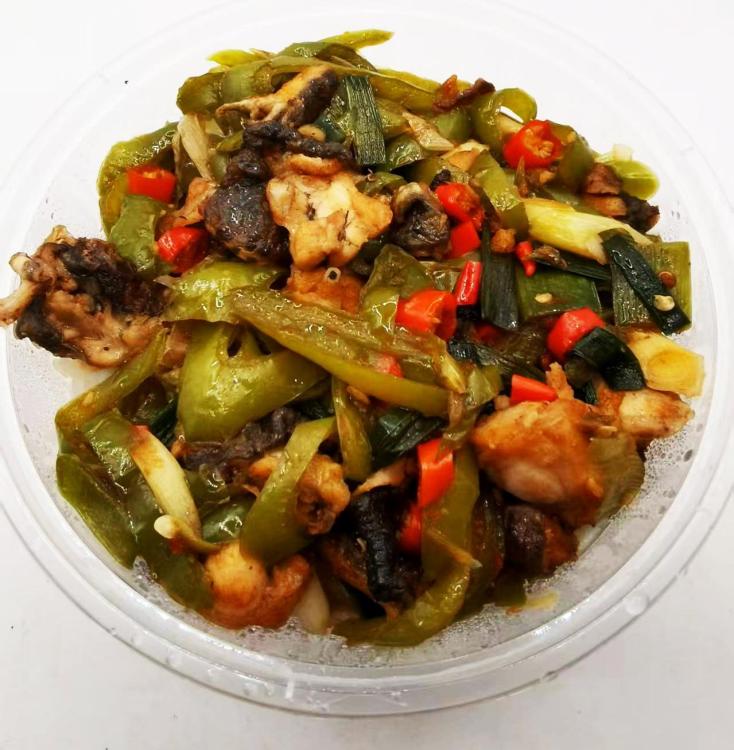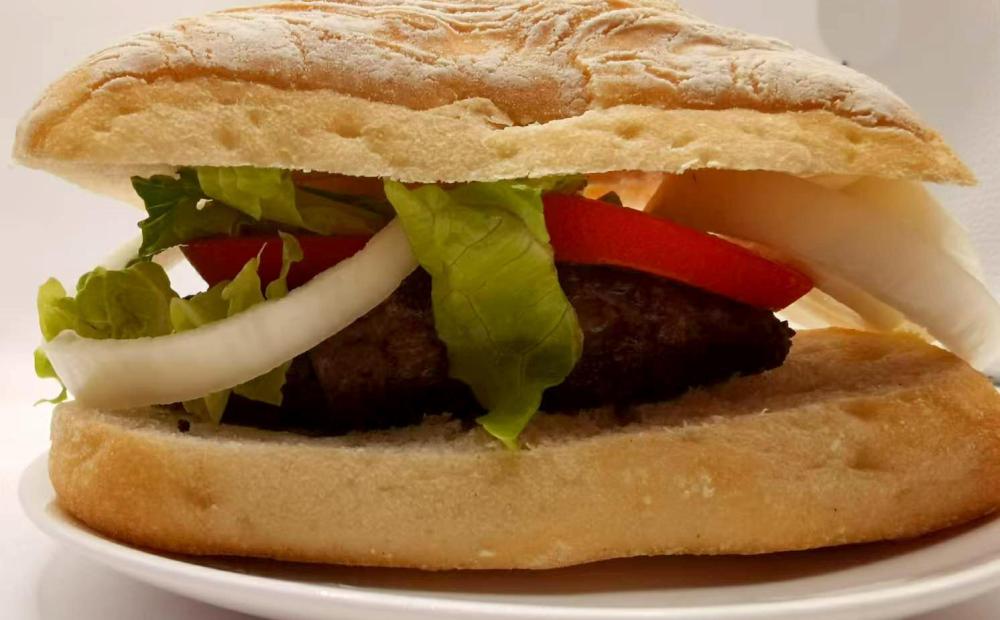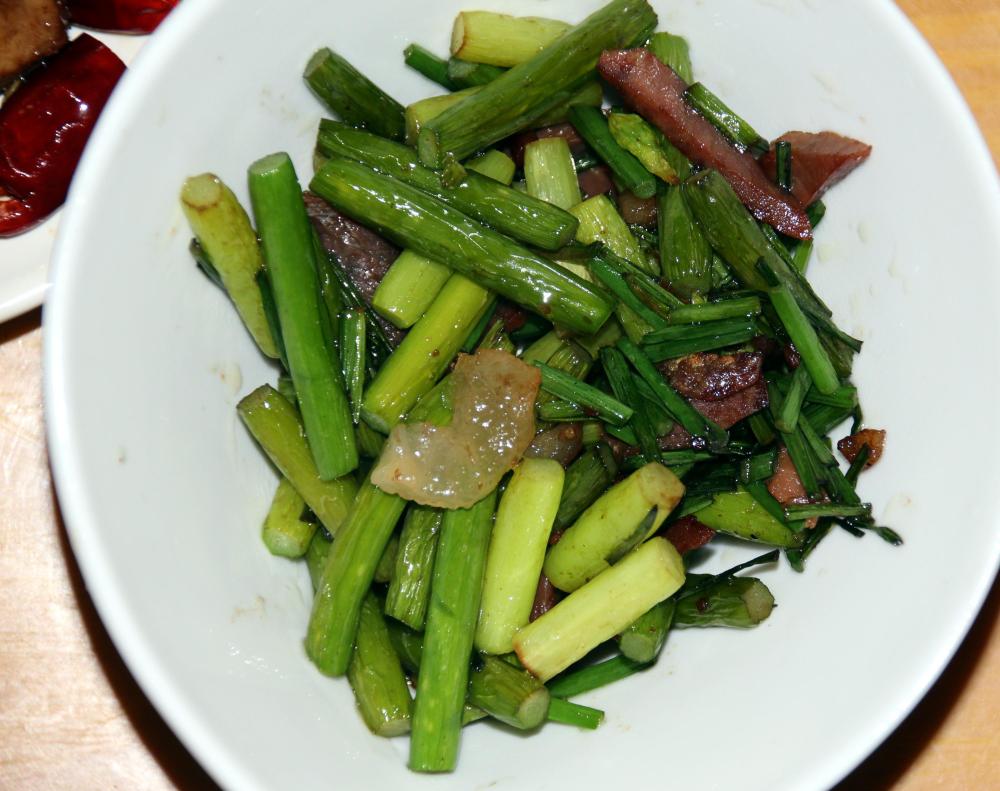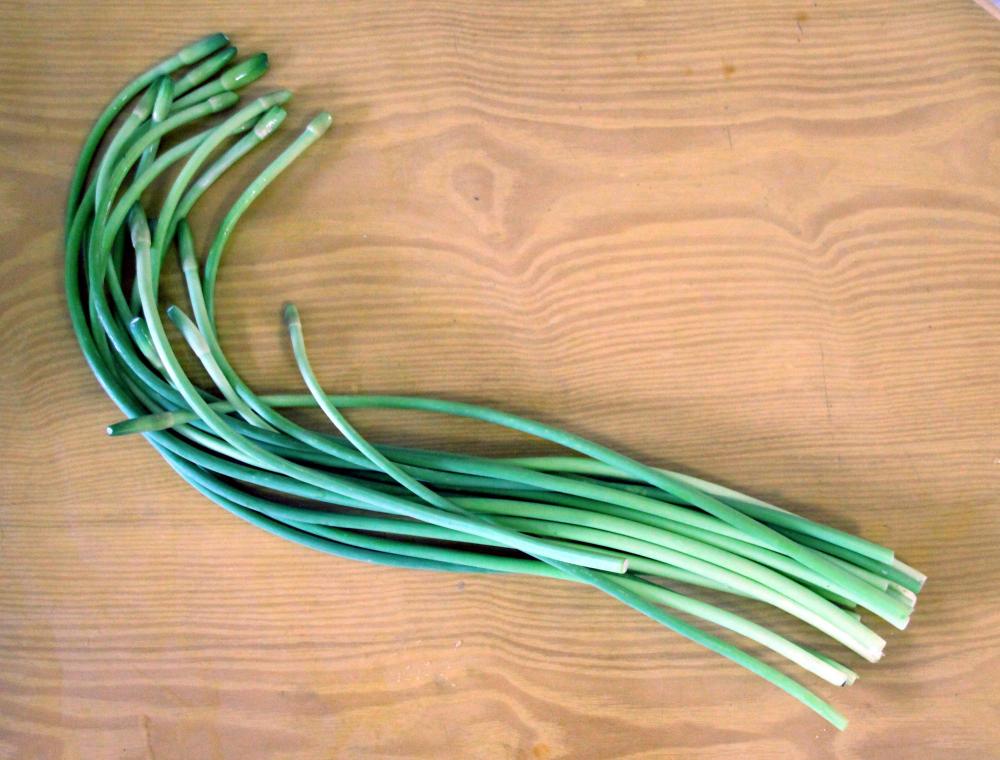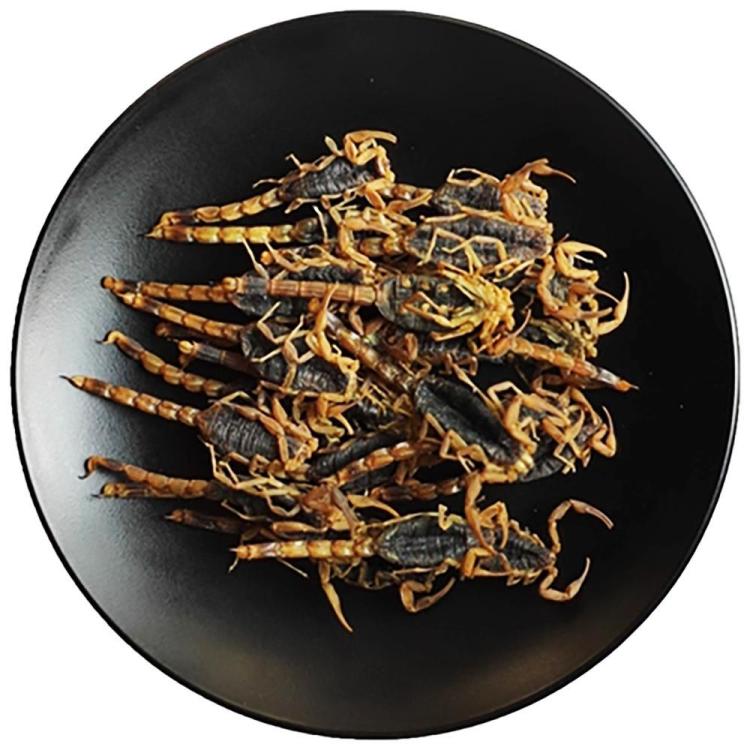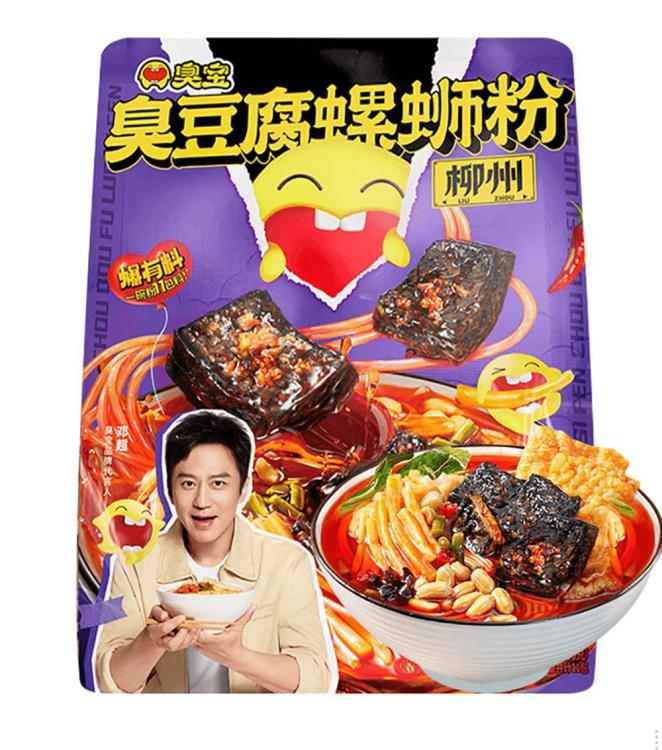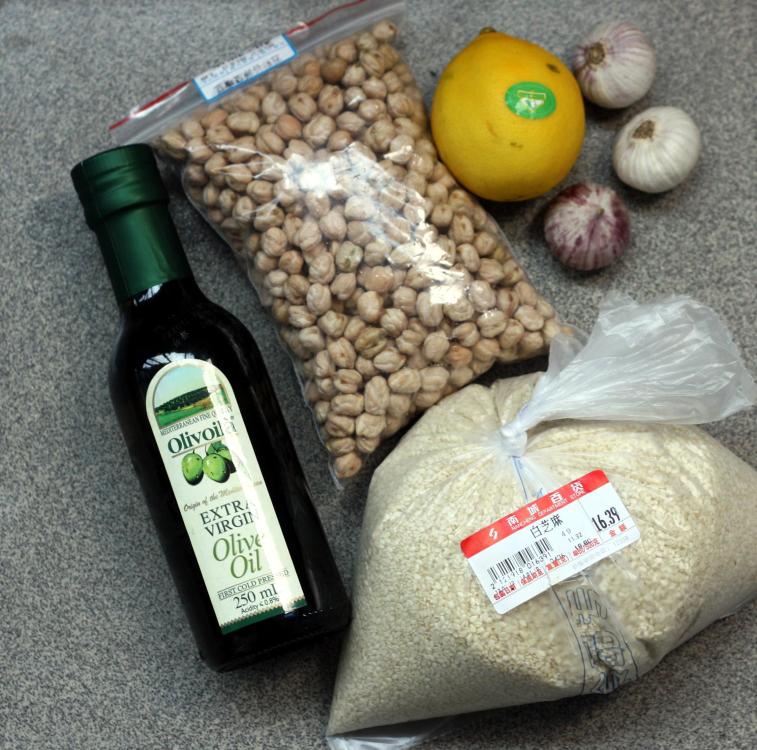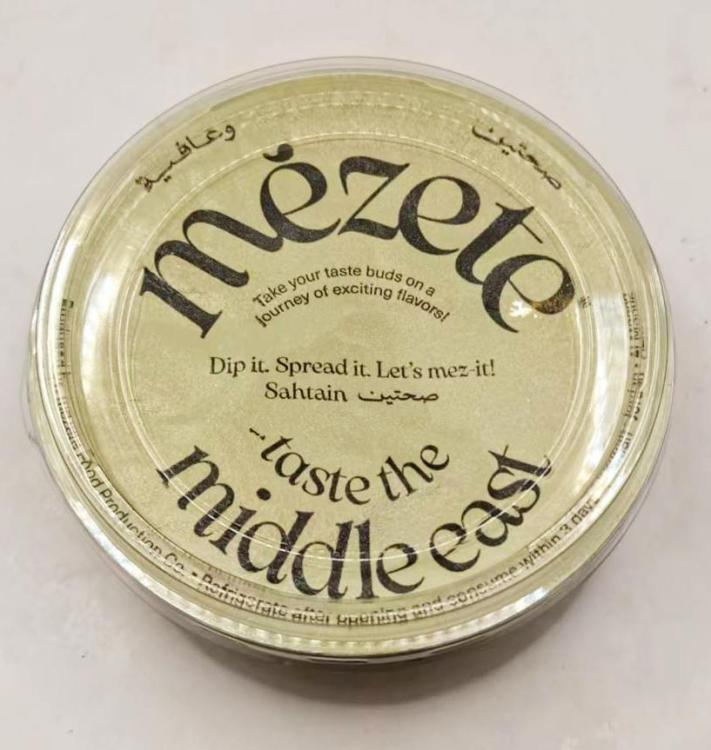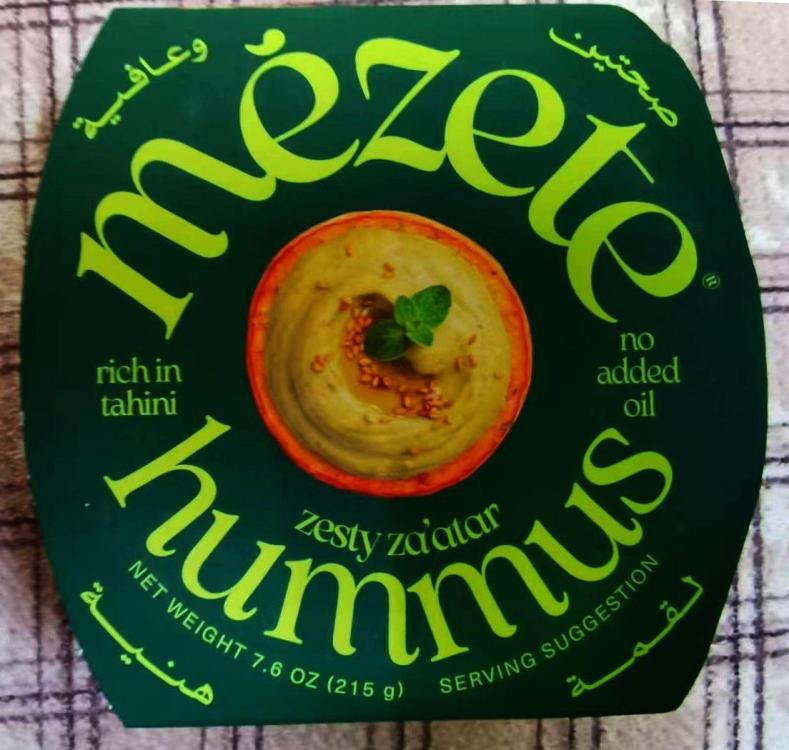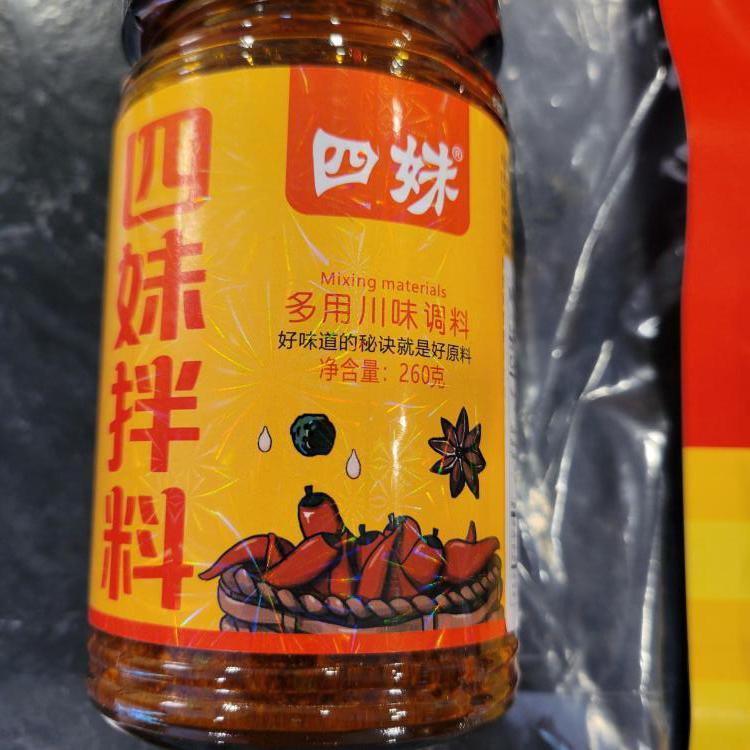-
Posts
16,726 -
Joined
-
Last visited
Content Type
Profiles
Forums
Store
Help Articles
Everything posted by liuzhou
-

[Un]truth in Food Advertising: Marketing vs. Reality
liuzhou replied to a topic in Food Media & Arts
I posted this in another topic back in 2013 but it surely also belongs here. Courtesy of Sir Micky D's local branch. The promise: The reality I must point out for the record, m'lord that I didn't go to sample it - a colleague did and sent me the image. -
Some of the worst misrepresenting images of food advertising. The promise: Jianbing - Breakfast Pancakes What they served: No comment. I'm speechless.
- 40 replies
-
- 10
-

-

-
Most Yunnan mushrooms are wild and so foraged. They can be rather rare and seasonable and therefore on the pricy side but price also vary widely with the season and the harvest. One of the more common is 鸡纵菌 (jī zòng jūn), chicken mushrooms, umbrella mushrooms and sometimes termite mushrooms. The latter name is important , but somewhat misleading, in that there are many species called that. The Termitomyces family to which they all belong contains 52 types. The importance lies in that they grow in a symbiotic relationship with termites. In other words, they feed each other. They grow in Yunnan, but also in Guizhou and here in Guangxi on termite mounds in the mountain areas. It is said that there are seven varieties in Yunnan. I have access to these three. This 👆 is known just as chicken mushroom as it is the most common. These 👆 are 'torch chicken mushrooms'. And these 👆 are open umbrella mushrooms, Termitomyces albuminosus. Care must be taken when foraging these as they can easily be mistaken for Chlorophyllum molybdites, which are poisonous and can causes potentially serious vomiting and diarrhea. They are the most consumed poisonous mushroom in North America. All these are simply fried, often with ham, and often used in soups where they can take long cooking. Some people think they taste like chicken; others like enoki mushrooms. I’m in the middle. I find that mildly sweet with a slightly crunch texture 黑皮鸡枞菌, black skin chicken mushrooms are a related cultivated variety which are more widely available in recent years.
-
Any version of Amazon does the same. Not just UK. Using the one relating to your own country is generally more likely to give goods available locally. Amazon.com : spice books
-
Stuff on sticks 烤羊肉串 (kǎo yáng ròu chuàn) Spicy grilled lamb skewer 烤刀鱼串 (kǎo dāo yú chuàn) Spicy grilled Chinese tapertail anchovy This is Coilia nasus. Much larger than the anchovies you're probably used to; they grow up to 41cm / 16 inches but this one was 26cm / 10¼ inches. They are native to local waters. I ate these with some 馕 (náng), naan bread. Feel stuffed.
-
-
Yunnan Province in south-west China has international borders with Vietnam, Laos and Myanmar / Burma. Internally, it borders Guizhou, Sichuan, Guangxi and Tibet. This file is licensed under the Creative Commons Attribution-Share Alike 3.0 Unported license. It is renowned for its biodiversity and especially its abundance of mushrooms, with over 800 different edible varieties. Many are exclusive to Yunnan, some not so much. Yunnan Mushrooms For the next few days, I’ll post just a few starting with this: 红牛肝菌 (hóng niú gān jūn), Boletus gansuensis, Red Boletes. These are also found in Gansu province, hence the scientific name.
-

A week in Jakarta and Bunaken island, Indonesia
liuzhou replied to a topic in Elsewhere in Asia/Pacific: Dining
Thanks I've been looking forward to your report. And so glad that, for once, you didn't get sick! Roll on, part two! -
Maybe I just like a bit of a chew. I find regular burger buns too spongy, soft and yes, sweet.
-
Right on cue. Five beef patties, four cheese slices, bacon, lettuce, tomato … Burger King’s sumo of a burger enters the ring | Food | The Guardian
-
Hmmm. Interesting. I've never had that problem.
-
Same in China. It's what I do with the Sichuan Facing Heaven type.
-
Did you know that the word 'garlic' in English is derived from the Old English gárléac from gar + léac meaning 'spear leek', so originally referring to the shoots or scapes rather than the bulb? Maybe they were more important to the English 2,000 years ago. I don't know; I wasn't around then although my great-grand children think I was!
-
I don't know for sure, but it strikes me it is much more likely to be Chinese. China exports approximately ⅔ of the world supply. 20.5 million tonnes in 2021 compared to Spain's .03 million, according to the Food and Agriculture Organization of the United Nations, Statistics Division (FAOSTAT)
-
This was lunch yesterday. I visited the restaurant which delivered my fish and soy bean dinner a few days back, but tried a different dish. 青椒炒田鸡饭 (qīng jiāo chǎo tián jī fàn), Green Pepper Fried Frog over rice As you can see, it also contains red chilli for heat, whereas the milder green peppers are more a vegetable component. The particular name used for the frog here, 田鸡, literally means 'field chicken' referring to them living in paddy fields.
-
Correcting myself. I've seen them in Japan and S. Korea where they definitely don't use knives and forks. They have also made an appearance in China, mainly in Shanghai and Beijing places but I've never seen them, not that I want to. China doesn't use knives and forks either and I don't think you could eat one with chopsticks! I did see a video with one clown eating by one using a spoon, though, although he ate most of it using his hands.
-
-
Which countries? I've only seen examples from America and the USA, both of which I'm sure eat burgers with the hands. Well, I know the UK does.
-
I'm surprised to learn they are expensive in the UK. Maybe because they are little known and so, low demand? They certainly aren't expensive to produce. Here they are towards the upper end of green vegetable prices, but I don't think anyone would call them "expensive". About the equivalent of ₤1.40 for 400 grams today. For others elsewhere, that's about $1.90 USD.
-
Garlic scapes are very common here. They're just treated as another green vegetable to be served as a side to other dishes. Usually simply stir fried (in lard). Or used in other stir fries alongside other ingredients. Stir fried garlic scapes with ham They are also grilled by roadside vendors as a popular street food snack.
-
I don't know how common these burger are. I'm not in the burger market. But I know stupidity is everywhere!
-

A pictorial guide to Chinese cooking ingredients
liuzhou replied to a topic in China: Cooking & Baking
干蝎子 (gān xiē zi), Dried Scorpions Usually rehydrated and fried until crisp then served as beer food or maybe an appetizer. ¥38 / 50g . That's $5.30 USD. Taste like shrimp. Enjoy! -
It's Armageddon! Some morons have decided to launch this It's Luosifen (螺蛳粉) with added stinky tofu (臭豆腐). I like both, but separately! A dreadful pairing! Even worse than pineapple on pizza! The ingredient list is mainly just a long chemistry set of food additives, and artificial flavourings.
-
I used to make hummus regularly until it became too much work for my ravaged health, especially as I had to make the tahini from scratch as it isn't easily found here. Otherwise, I kept it simple. Chickpeas, sesame seeds, garlic, lemon, salt and olive oil. Now, I buy this brand imported from Lebanon. Usually, I get one of each - classic and za'atar flavoured.
-
OK. The first product This is a sauce mix for a famous Sichuan dish, Bobo Chicken (钵钵鸡) as written in the larger white characters. “BoBo” refers to a type of pottery or clay pot in which the dish is traditionally made. It is served cold, either as part of a meal or often as a street snack food in Chengdu. Sichuan’s capital. Underneath, also in large white, it says “Convenient Seasoning (方便调料). So, it’s a seasoning mix. Top left in the yellow box we have 四妹 Si Mei, which is the brand name. It means Four Sisters. Everything else is just irrelevant marketing nonsense apart from a warning that it is spicy. Here, obviously, we have the preparation instructions Top left – Step 1 Prepare vegetables for 3-5 people. Boil in a pan, drain and set aside. Top right – Step 2 Prepare 1 litre of cold water (mineral water or boiled tap water). Bottom Left – Step 3 Pour the water into a pan and stir in the seasoning mix. Bottom Right – Step 4 Place cooked chicken and the vegetables into the pan and leave to soak for 15 minutes. The information to the right of the sticker in English with the ingredients etc. just gives a table of nutrients. Whether that is referring to the dish or the package contents, I’m not sure. I have to say that that “recipe” must be for the worst Bobo Chicken in the dish’s long history. Not something I’d use. The dish really consists of cold chicken and vegetable skewers served in a spicy chicken broth with chilli oil and Sichuan peppercorns. There is a reasonable looking recipe here with a decent image of the dish. It also contains a link to an extremely irritating YouTube video. The second product. This one is strange. The front label tells me nothing. The strip down the left just says “Four Sisters Foreign Ingredients”. Where they are foreign to, I have no idea. The rest is more fatuous marketing BS, including “The secret to good taste is good ingredients”. I agree but doubt this is one. The reverse label lists suggested usages. These are that it’s for ”all spicy and fragrant dishes, fried rice, noodles and other dishes that need Four Sisters’ ingredients for creativity” Hmmmm. It goes on with “When cooking add a moderate amount to make it delicious in seconds. They do add that “it tastes good and is edible”! Glad to hear it! I don’t really know what it is. I see a white label to the left that appears to be in English. Is that the ingredients. If so, it may be covering the same info in Chinese. I hope that helps.


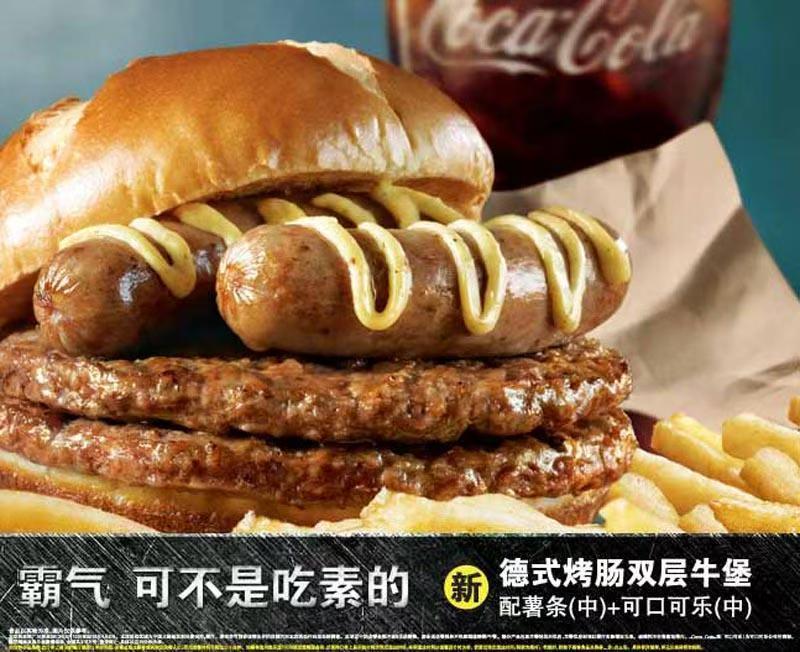
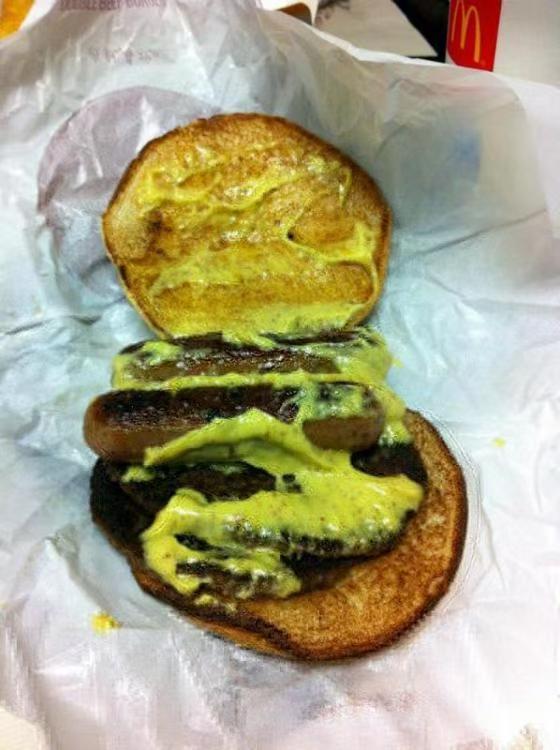
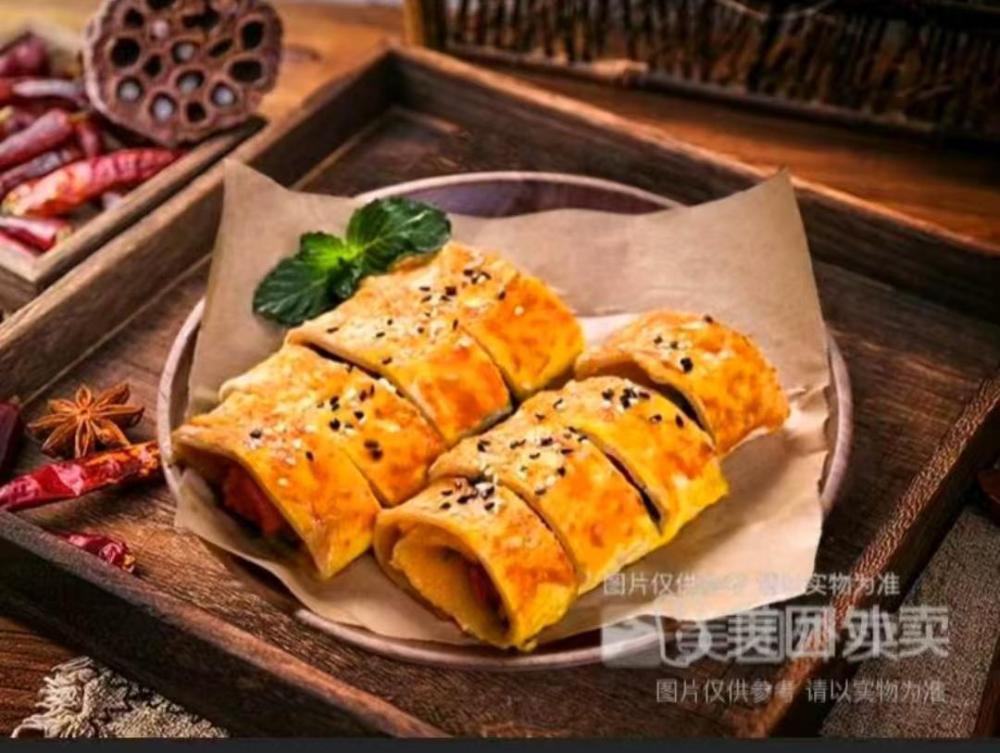
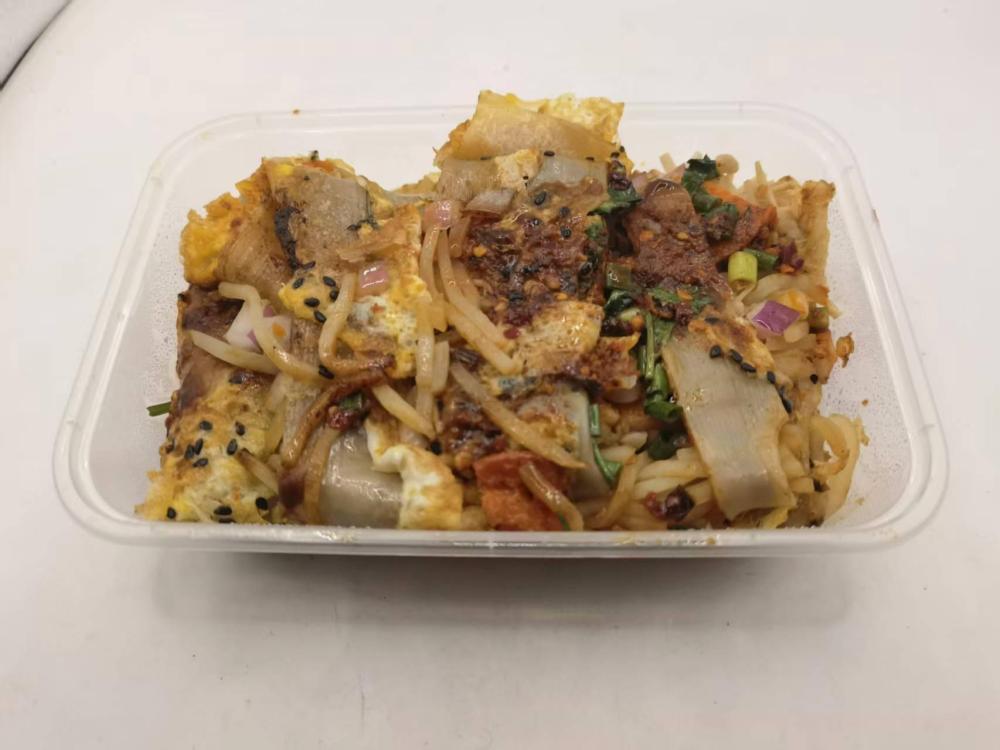
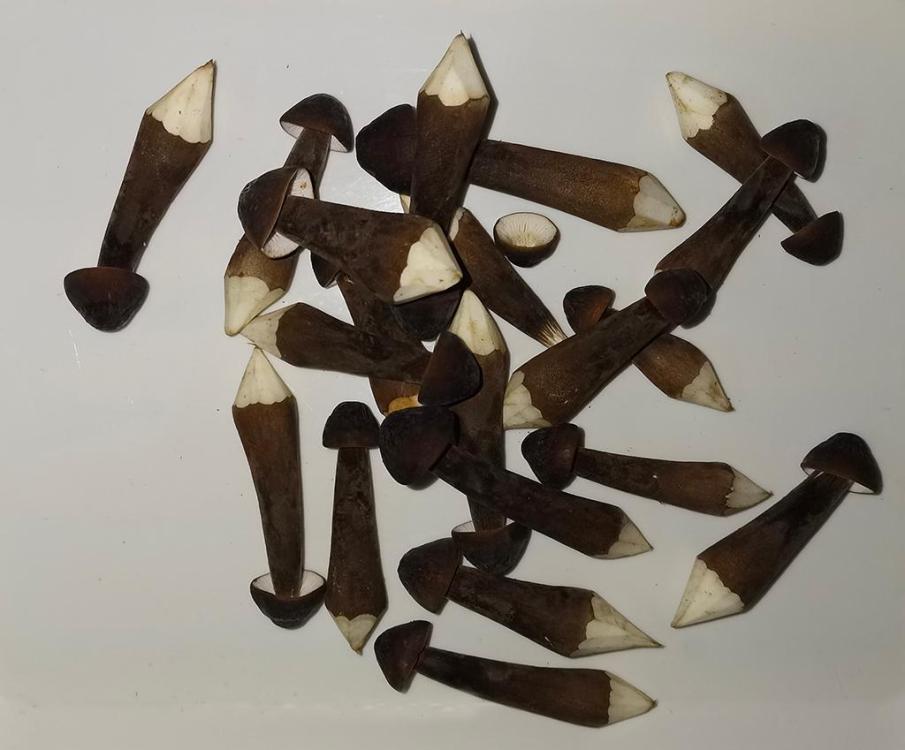
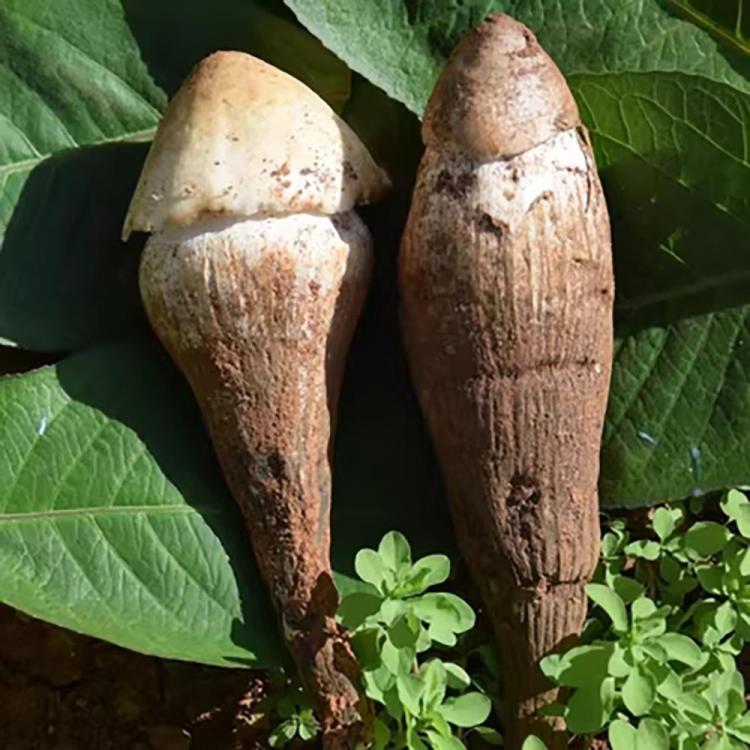
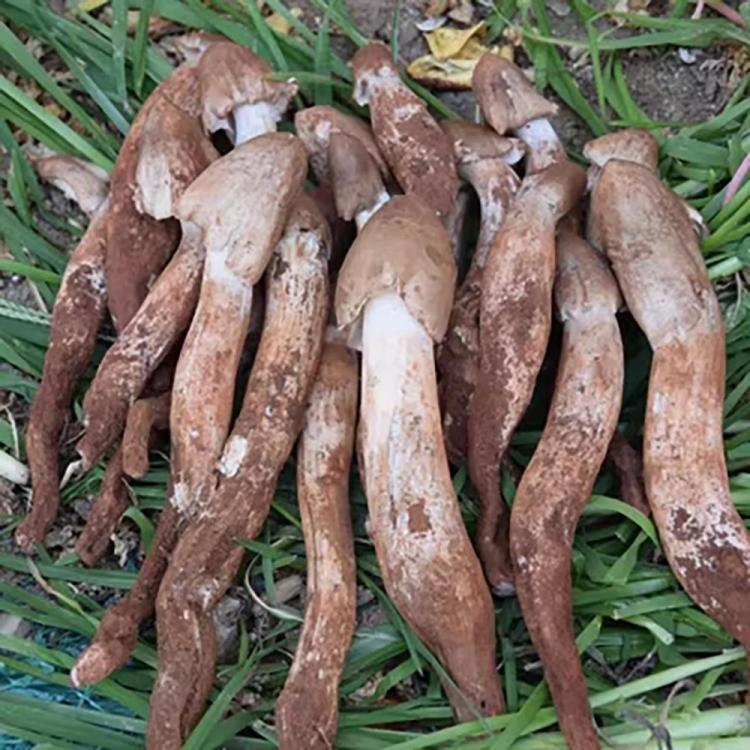



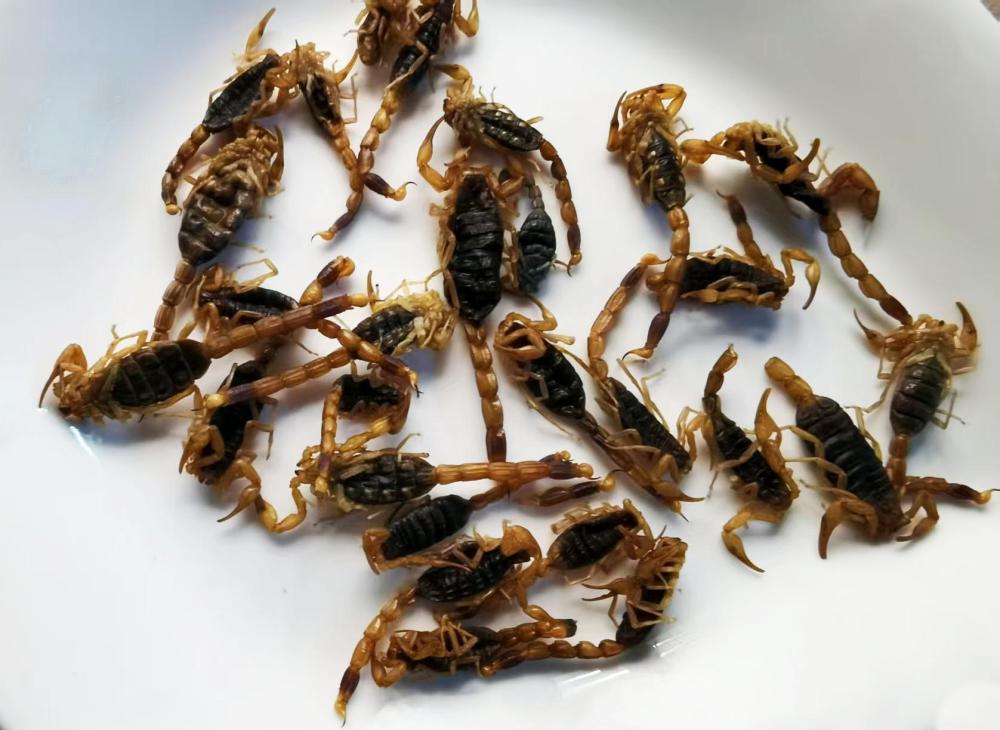
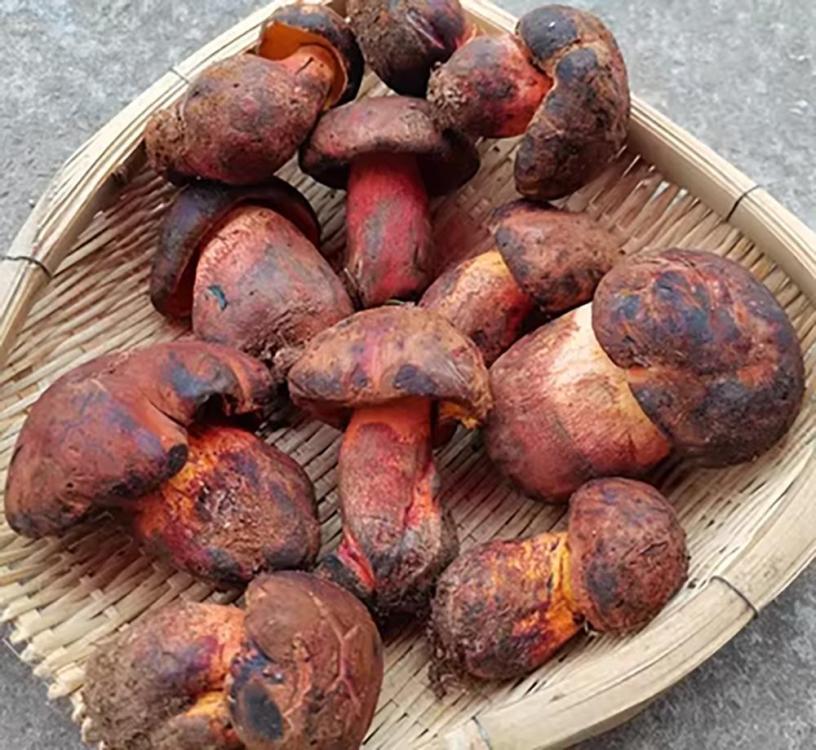
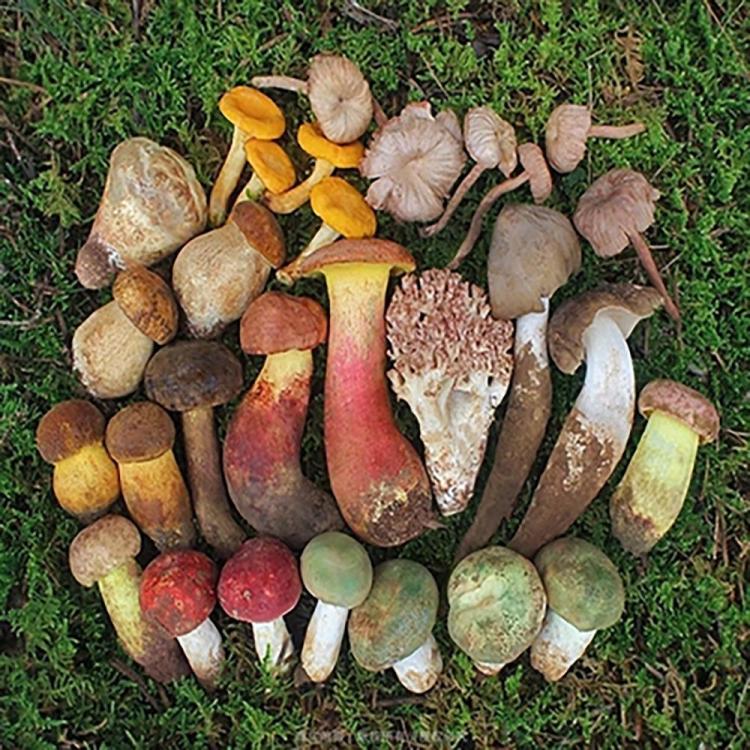
_svg.thumb.png.7217419d3749fa993c66e784f312fcbe.png)

